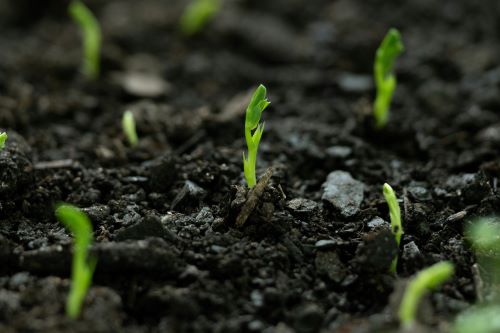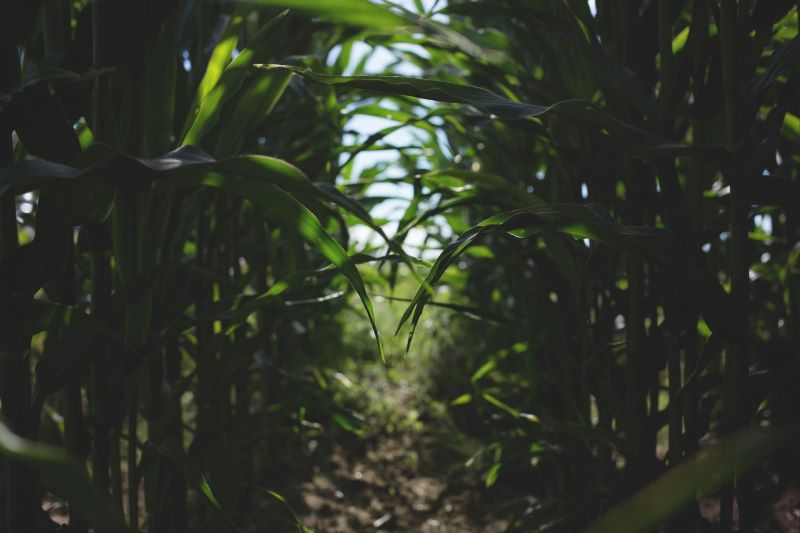
Market Trends:Growing Demand for Effective Insecticides
Rising demand for effective insecticides is reshaping agriculture with sustainable solutions, advanced pest control, and evolving farming practices.



© 2024 Crivva - Business Promotion. All rights reserved.